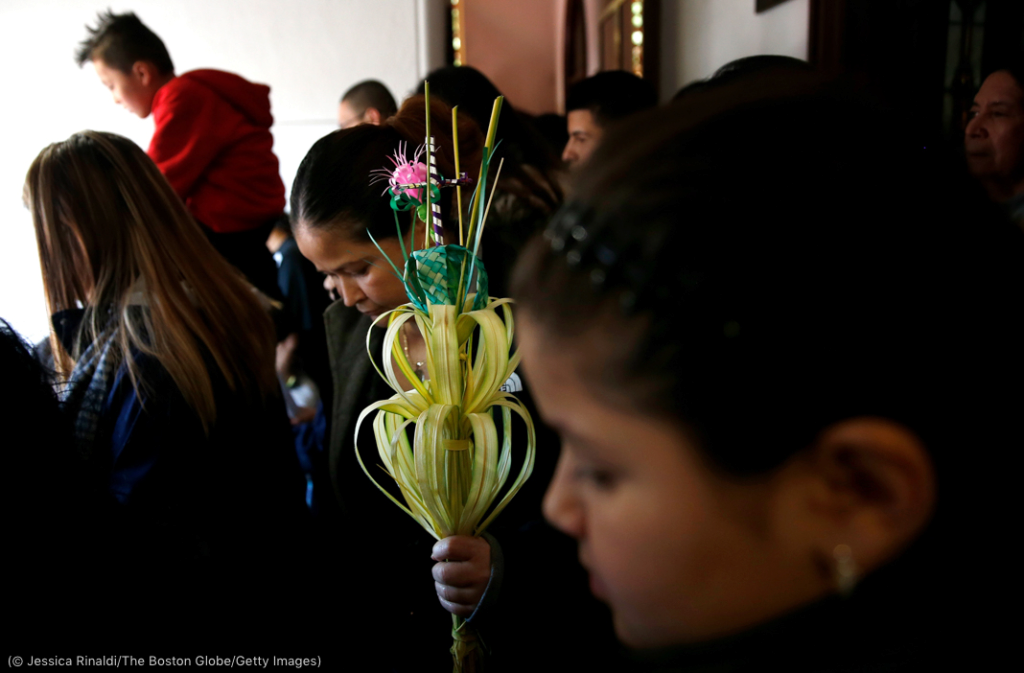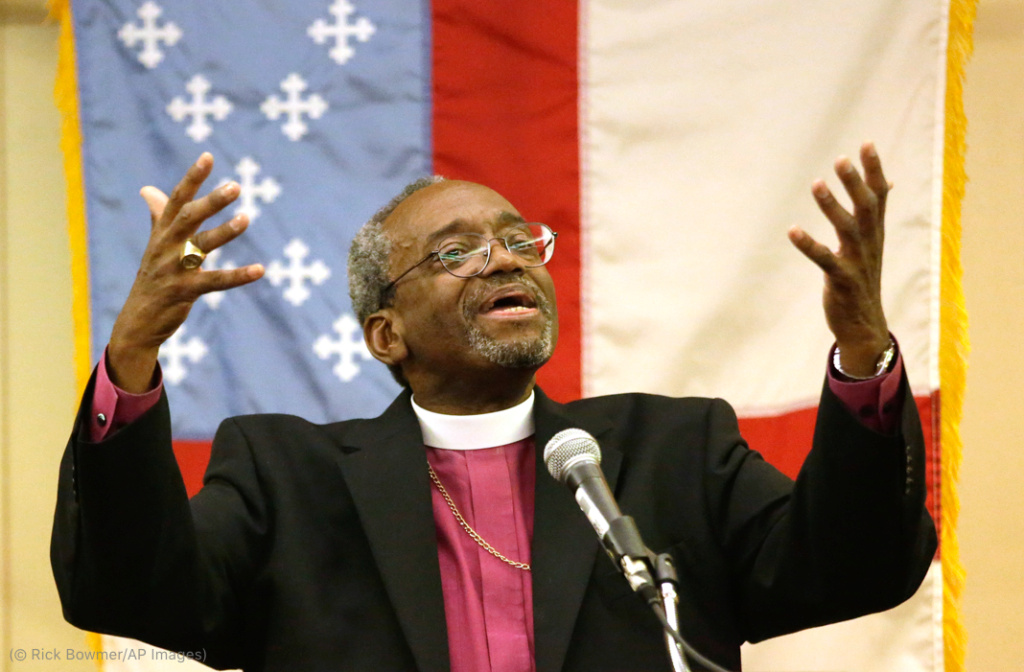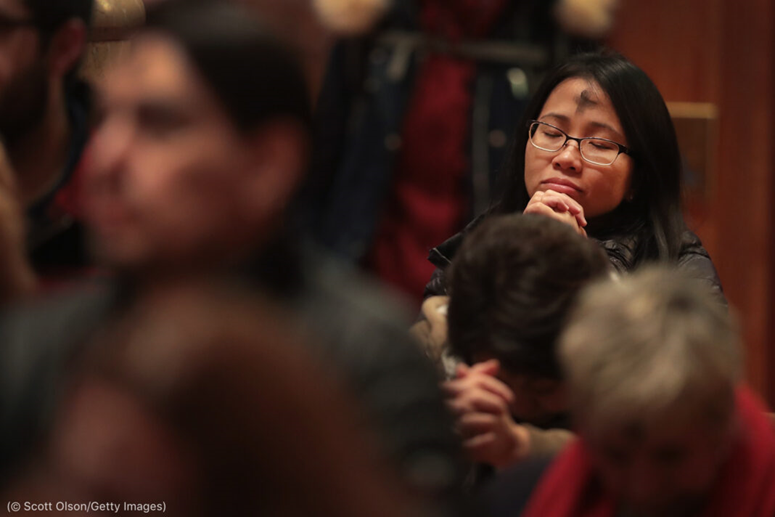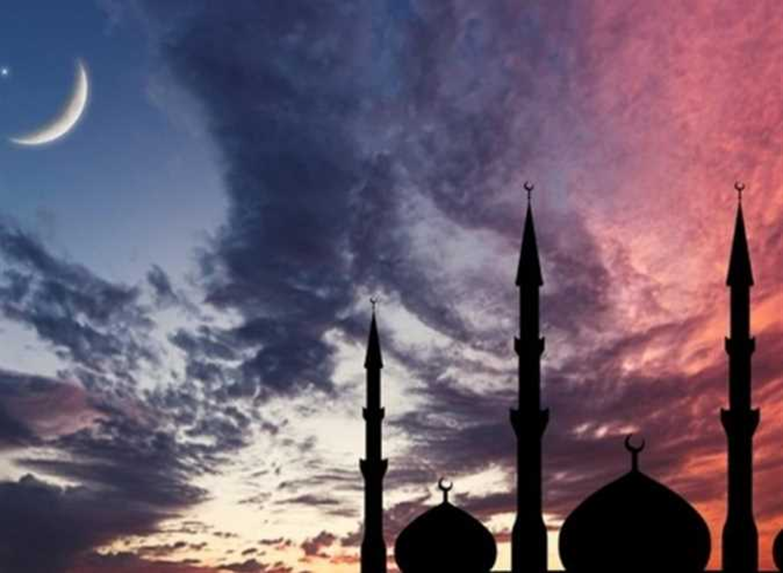Fasting throughout history before Islam

Fasting throughout history
Fasting is a ritual that has its own character, as it is a ritual that requires abandonment, unlike other rituals that require working for a specific thing or specific ritual. Although fasting is concerned with temporarily cutting off what the individual is accustomed to, it aims to connect the person with his belief and religion. Because leaving tests the extent of a person’s closeness to his religion and the strength of his belief.
Types of fasting
Throughout history, fasting has had many forms known to religions and primitive people. There is fasting from food and drink as we know, and there is fasting from speech, such as the fasting of widows among the Koto tribe, one of the tribes that inhabit the Congo, in which the widow declares fasting and abstains from speech for three lunar months, and she follows such a custom. Sihanakan tribe inhabiting Madagascar. In the religion of the children of Israel, we note that the Hebrew word that means widow also refers to the silent woman. This type of fasting among the Children of Israel was mentioned in the Holy Qur’an once at the time of Zechariah’s annunciation of Yahya, and once after Mary’s birth to Christ. God Almighty says in Surah Maryam, “Indeed, I have vowed a fast to the Most Merciful, and I will not speak to anyone today.”
The history of fasting in ancient non-heavenly religions and previous nations

Many forms of fasting appeared throughout human history before Islam, some of which were practiced by the general public and some of which were specific to a specific group of people. All heavenly and non-heavenly religions include fasting:
The oldest religion that required its adherents to fast, and it still exists today and has adherents to this day, was the Hindu Brahminical religion, where the followers of this religion celebrate a holiday dedicated to fasting, which is intended to purify the soul, and in which each Hindu sect designates a day for fasting, so they stay up all night and spend the night. They recite the holy books. In this religion there is also fasting in which women are unique in fasting for days. Because of its importance, this fast is called (Bart) or (Covenant), which is dedicated to purifying the soul and nourishing it with spiritual nourishment. Brahmins also fast on the eleventh and twelfth days of the Indian month, and thus the number of days that adherents of this Indian religion fast is 24 days a year.
Fasting is also found in the Indian Jain religion, in which fasting is subject to strict conditions and restrictions, so followers of Indian Jainism continue fasting for forty days.

Fasting also appeared among the ancient Egyptians with the aim of getting closer to the gods and gaining their satisfaction and thanks in celebrating holidays such as the Feast of the Harvest, Spring, and the Feast of the Nile, by practicing many rituals. Historical scholars said that fasting was among them. Scholars disagreed about the practice of fasting by priests only or for the common people. It was reported that the ancient Egyptians practiced a type of fasting that required them to abstain from everything except water and vegetables for seventy days.
It is also found among the ancient Persians and Kurds (Zoroastrianism and Yazidis), which spread in Persia and its environs about three thousand years before Christ, but now its followers are distributed in Iraq, Syria, Turkey, Iran, India, Afghanistan, Azerbaijan and other separate regions. Among Zoroastrian fasting, fasting is forbidden because they believe that it negatively affects work and physical health. As for the Yazidis, fasting is sacred to them and it lasts for three days, starting on Tuesday and ending on Thursday, according to their calendar. They stopped eating and drinking from sunrise until sunset. As for the clergy, they used to fast for three consecutive days and break their fast on a day called (Eid Izi). Therefore, fasting for them is divided into two types: the fasting of the common people and the fasting of the elite, who are the clergy.
Fasting was also found in Babylon. Fasting was known to them as “Shittu” and was not a binding obligation. They used to fast for thirty separate days, as long as the sun travels in each sign of its zodiac sign. They abstained from food and drink from sunrise to sunset, and broke their fast with meat other than dairy. And plants, except what is forbidden.

Fasting was also known to the Sabians, who knew about the Great Fast, and its goal was to abstain from sins, and what we know about abstaining from food and drink, for them it came intermittently and linked to times that included the whole year. So that they do not have a month without this ritual. For them, fasting is limited to abstaining from eating meat, and for this reason it is forbidden for them to slaughter animals during fasting days.
The Greek priests instituted a fast characterized by a hidden and secret nature, and divided it into minor mysteries in the spring season. And another major one that lasts for four days for those who possess the major secrets.
The Romans were influenced by the fasting of the Greeks, so their fasting became similar to it. For them, the ritual of fasting represents a ritual of abstinence and deprivation mixed with ambiguous teachings created by priests for them alone.
**Activate a personal account on our website and benefit from a variety of educational tools and activities for children that cover the different curricula in the Arab countries
The history of fasting in the three monotheistic religions

Imams and jurists narrated that the first human being to fast was the father of the prophets, Adam, peace be upon him, and his first fast was after he descended to earth and God accepted his call and repentance. Just as the Prophet of God, Noah, peace be upon him, fasted the white lunar days, and he added to them the day on which God Almighty saved him from the flood. This is what the Prophet - peace and blessings be upon him - narrated about him. We find fasting in the three heavenly religions in different forms, and this proves that fasting was legislated before Islam, in accordance with what God Almighty said in Surah Al-Baqarah - verse 183.
“O you who have believed, decreed upon you is fasting as it was decreed upon those before you, that you may become righteous.”
In the interpretation of Ibn Kathir, there are statements from some of the Companions and Followers stating that the Followers’ fast is three days of every month, and it has been lawful since the time of Noah - peace be upon him - until God Almighty commanded fasting in the month of Ramadan.
As we know that the Jews, a people who are older than the Muslims, fast on Ashura, in the Sahih on the authority of Ibn Abbas - may God be pleased with him - he said: (The Prophet, may God bless him and grant him peace, came to Medina while the Jews were fasting on Ashura, and they said: This is the day on which Moses appeared before Pharaoh, so the Prophet said - May God’s prayers and peace be upon him - to his companions: “You are more worthy of Moses than them, so fast.” Narrated by Al-Bukhari.
Fasting among the Jews

Fasting among the Jews was considered a symbol of mourning and sadness for them in the Babylonian era, and it was resorted to if they were threatened by danger, or if a priest or muse was preparing himself for inspiration or prophecy.
The Jews would fast temporarily if they believed that God was angry with them and was dissatisfied with them, or if a great catastrophe or a great calamity befell the country, or if the country was struck by a deadly epidemic, and sometimes when kings were determined to embark on a new project.
The Jew fasts on various days related to certain holidays or to crises from which they were saved. The Jew fasts on several separate days of the year, the most important of which is Yom Kippur (Yom Kippur) in the month of October, which is the day on which our Master Moses - peace be upon him - descended from Sinai for the first time, carrying the tablets of the Sharia. Their fasting continues for 26 hours and is, for them, the holiest day. They fast from sunset until dark the next day.
The Jews also fast on the day of Ashura, on which our Master Moses, peace be upon him, was saved from drowning.
The Jew also fasts on days that remind him of the sorrows of the community of Israel, the most important of which is August 9, the day of the destruction of the First and Second Temple.
The Jews also fast in memory of the day on which Moses destroyed the tablets of the Law, and on which Buchenezer entered the Madina city.
Among the Jews, another fast is not obligatory for anyone who has something he wants or to atone for sins.
Fasting among Christians

Fasting has a great importance among Christians. It is a spiritual connection to the Lord and a commitment on their part to the teachings of Christ from his inception until his reappearance as evidence of faith in him. Each sect or church sets a time for fasting for its followers, and the Bible does not specify a method or specific times for fasting for Christians to follow in various parts of the world.
Fasting for Christians consists of abstaining from eating for at least twelve hours a day, from the beginning of the day until the end of the period, then eating fat-free food.
Fasting among Christians includes fasting on Wednesday, which is the day of the conspiracy that ended with the arrest of Jesus. And fasting on Friday; Because Christ was crucified in it. The Christmas fast, which has 43 days, ends with Christmas. Holy fasting and its number of days are 55 days, which are the forty days that Christ fasted, plus two weeks: the first week before the fortieth, and it is called the week of preparation and preparation for the holy fortieth fast, and the second week is Passion Week, which comes after the forty days and ends with Resurrection Sunday, and is abstained from this fast. Eating animal meat or what is extracted from it, and is limited to eating legumes. During this period, the sacrament of marriage is not performed.
Then comes the Fast of the Messengers, and the number of days increases and decreases according to the different sects, and its duration ranges between 15 and 49. There is the Virgin's Fast, which lasts 15 days.
Fasting among Muslims

Fasting was imposed on Muslims in the second year of the honorable Prophet’s migration. Fasting for Muslims requires abstaining from all food and drink from dawn until sunset, and it takes place in the blessed month of Ramadan. It is the fourth pillar of Islam without which a Muslim’s Islam is not valid.
Muslims also fast on other days during the year, such as the night of mid-Shaban and the first nine days of Dhul-Hijjah for those who do not perform Hajj.
Source: websites

